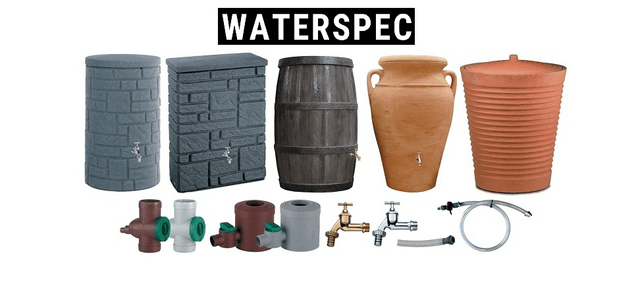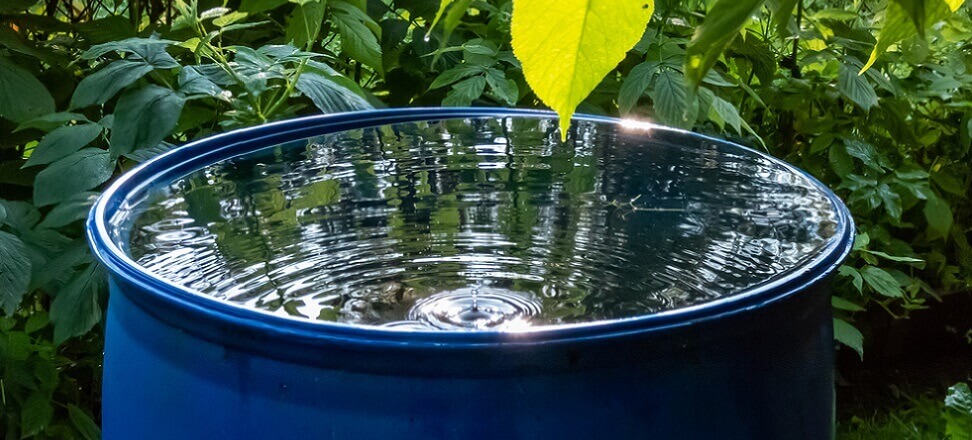Only until the end of June 2024. 3rd edition of the program is underway My Water, under which you can apply for a grant of up to 6,000. PLN for the construction of a domestic rainwater collection system. There are also city and municipal subsidies underway for the creation of household rainwater management and use systems. Such forms of support contribute to the dissemination of knowledge and good practices related to water efficiency. And while small retention, or rather micro retention, may be associated with something of little importance, it has a big impact on our environment.
What is low retention?
Small-scale retention involves storing water in small reservoirs by retaining or slowing runoff and increasing its availability at a given location. Small-scale retention activities are aimed at offsetting the causes and effects of deterioration of natural water relations. Such measures include slowing water runoff throughout the country, minimizing the effects of drought, preventing flooding, and restoring or preserving existing wetlands.
This task is not particularly difficult, so each of us should take care of micro retention at our place of residence. Examples of effective measures include building ponds and storage ponds. Another way is to place a retention container on the property, into which rainwater will flow. It can then be successfully used for watering the garden, washing terraces and car driveways, and even for flushing the toilet or washing clothes. Only direct consumption of rainwater – without further treatment – is inadvisable due to the bacteria present in it, as well as its potential heavy metal content.
Why is rainwater retention needed?
Due to climate change, we are increasingly facing prolonged periods of drought. Freshwater resources are shrinking due to rising global air temperatures and melting glaciers, among other factors. It also becomes contaminated with various substances that are difficult to remove to make it usable again.
In Poland, more than 70 percent[1] of precipitation evaporates from the earth’s surface. The rest of them gradually run off into the sea or are retained in the ground, ice, snow or living organisms. Storage in the environment occurs spontaneously. Forests and wetlands in particular have a high retention capacity. Thanks to the physical, chemical and biological processes taking place in them, water is not only stored, but also purified and protected from evaporation.
In cities, the situation is complicated by the fact that a large area of land is covered with concrete and there is minimal vegetation. Therefore, any amount of rainwater retained and used where it fell to the ground is important for improving the local microclimate.
Natural and artificial ways to retain water
A natural way to micro retention is to cultivate green areas around your home. But it’s not just a short-cut lawn that needs to be watered copiously during the hot summer. Rather, we are talking about flower meadows, shrubs and trees that naturally retain water in the soil.
Artificial ways to collect rainwater include the use of all kinds of small and large tanks. Just set a barrel under the gutter, or even a bucket on the balcony. If there is no space for a reservoir at the house, you can make your own guttering, which will direct the water when it rains straight to the plant pots.
Professional rainwater tanks are available as decorative containers or large underground and above-ground tanks. The collected water is cleaned of leaves, needles and twigs using filters. In this form, it can be used for economic purposes.

Advantages of rainwater harvesting
Rainwater harvesting helps reduce tap water expenses. Already using it to water plants and for household chores is a big savings. At the same time, we conserve groundwater resources for potable use, not wasting them, for example, for washing a car. Retention also allows water supplies to build up for the dry season, during which water pressure often drops at taps. It protects the greenery from drying out and improves the microclimate. Making water available to wildlife will also help improve local biodiversity. And when it comes to heavy rainfall, low retention will reduce the risk of flooding and soil erosion.
[1] the exact value depends on whether we have a wet or dry year

 Polski
Polski






